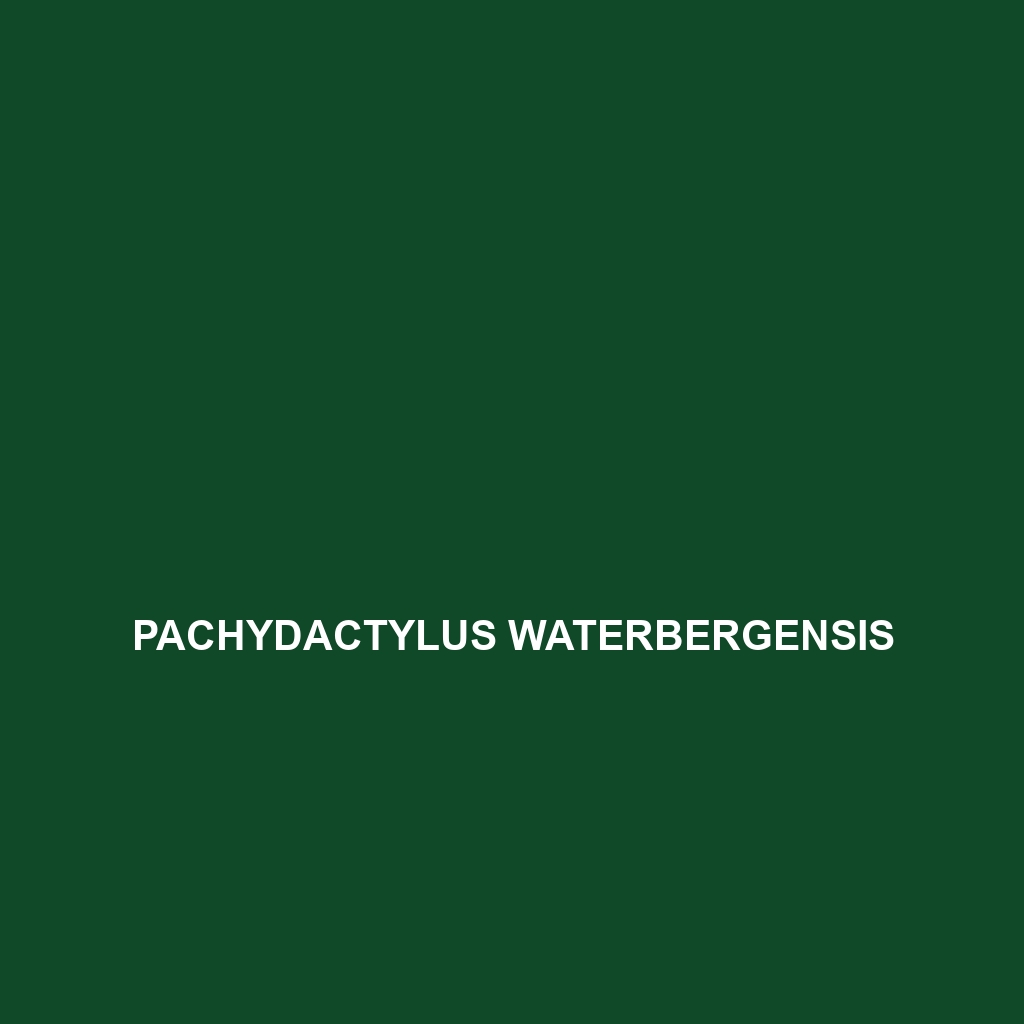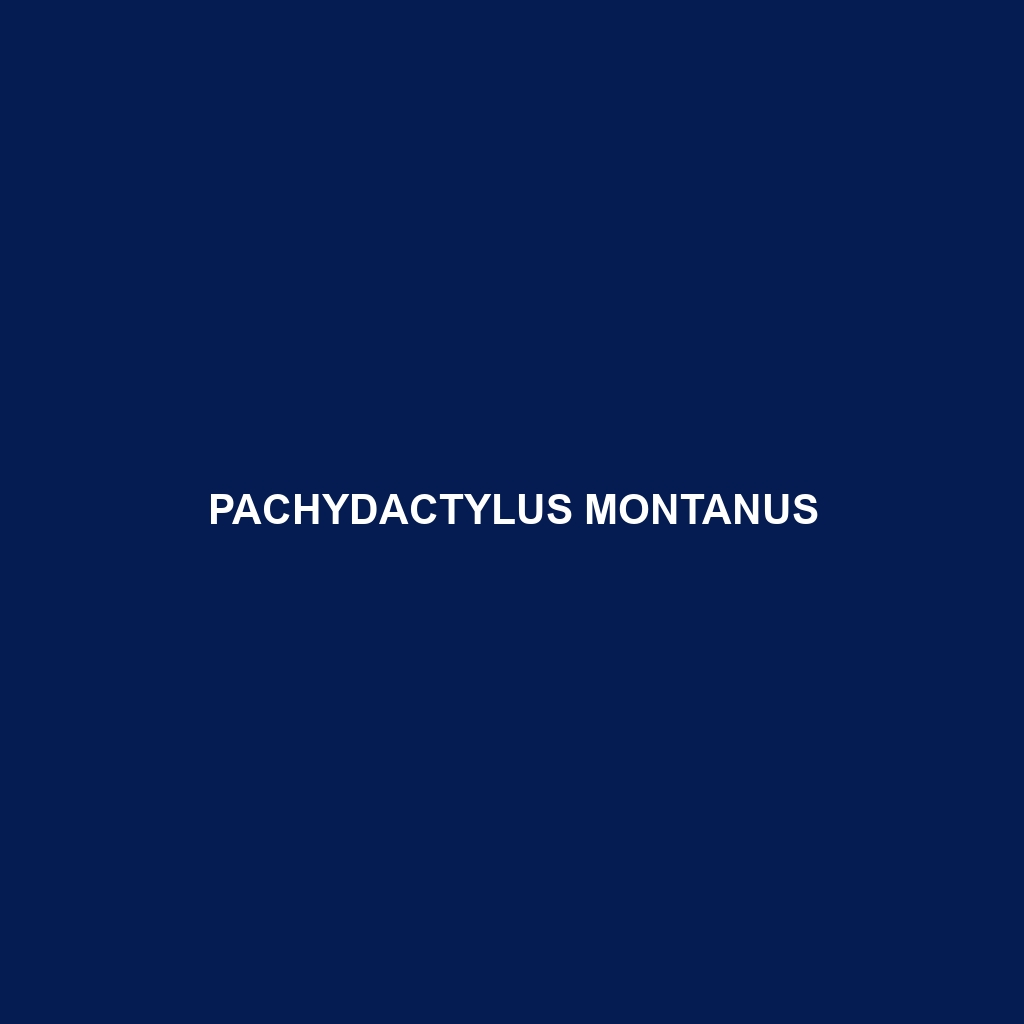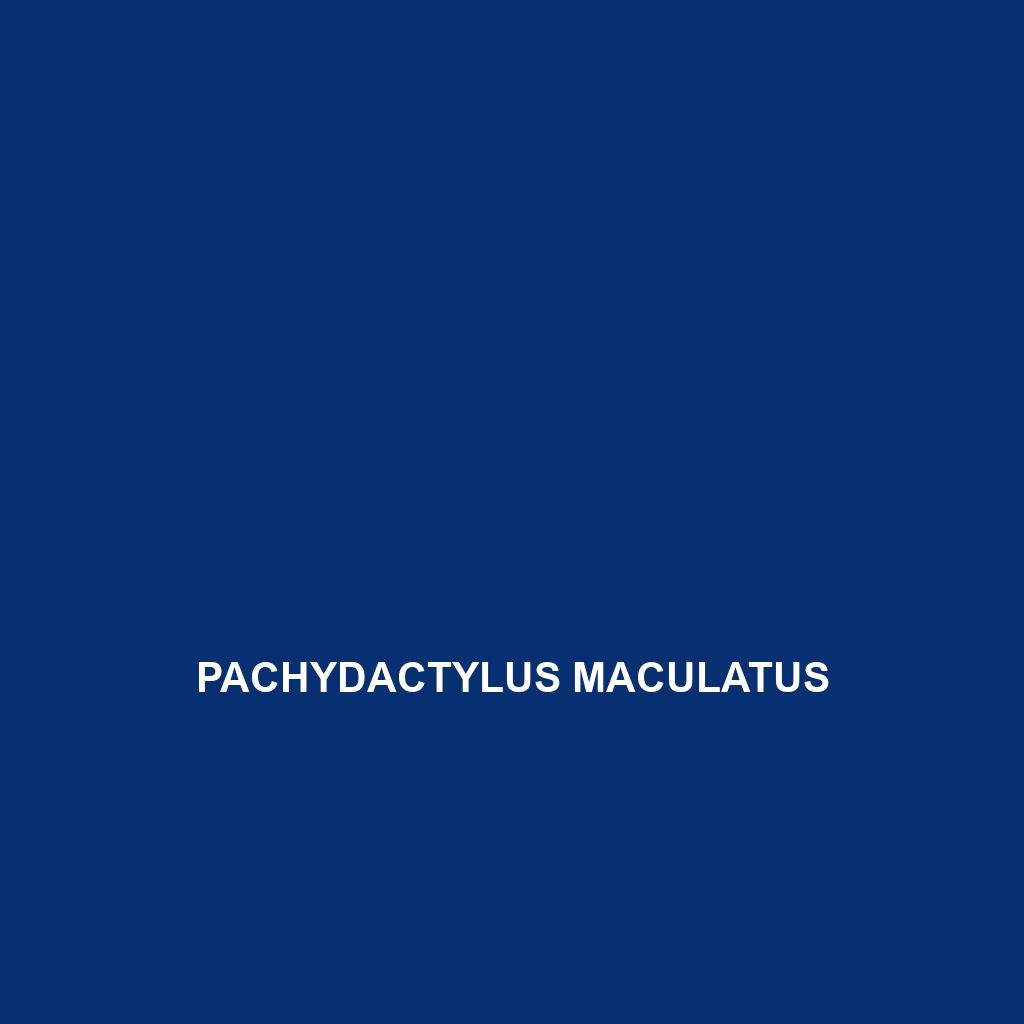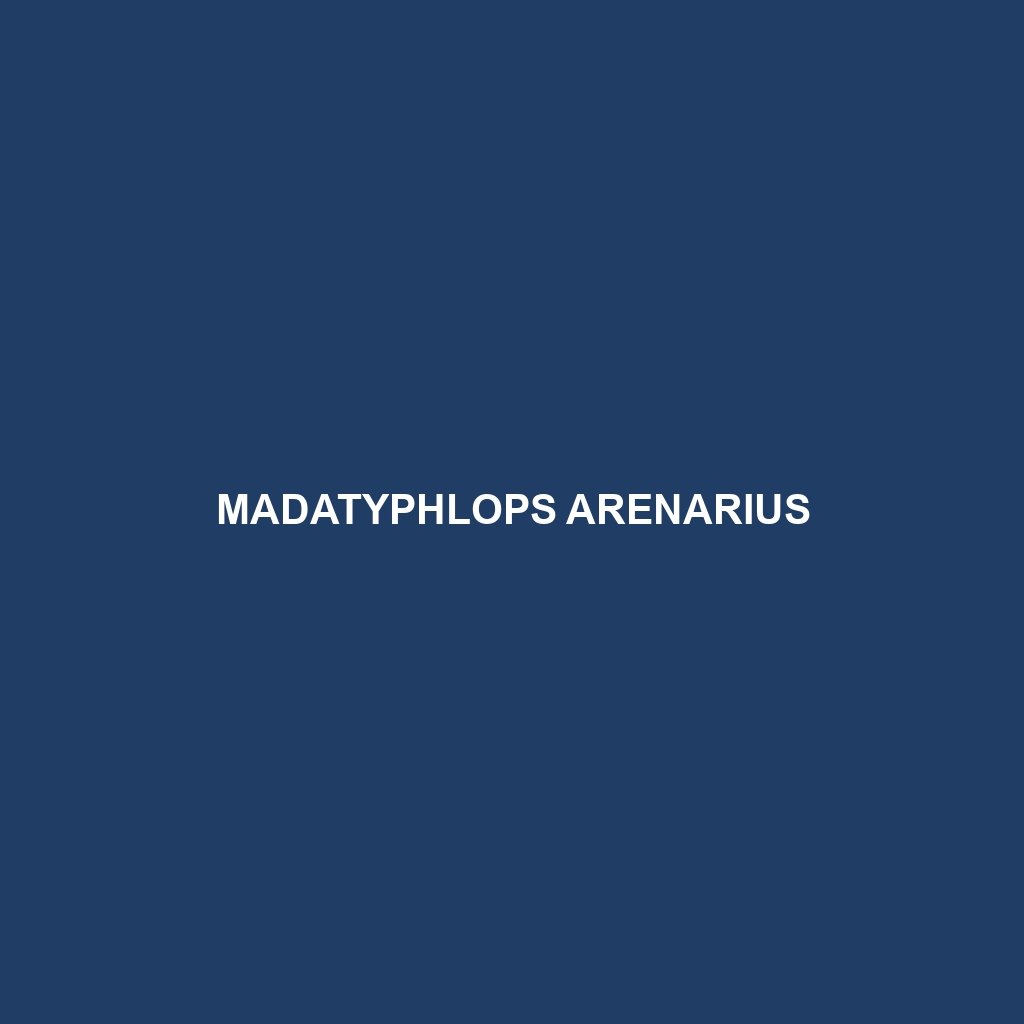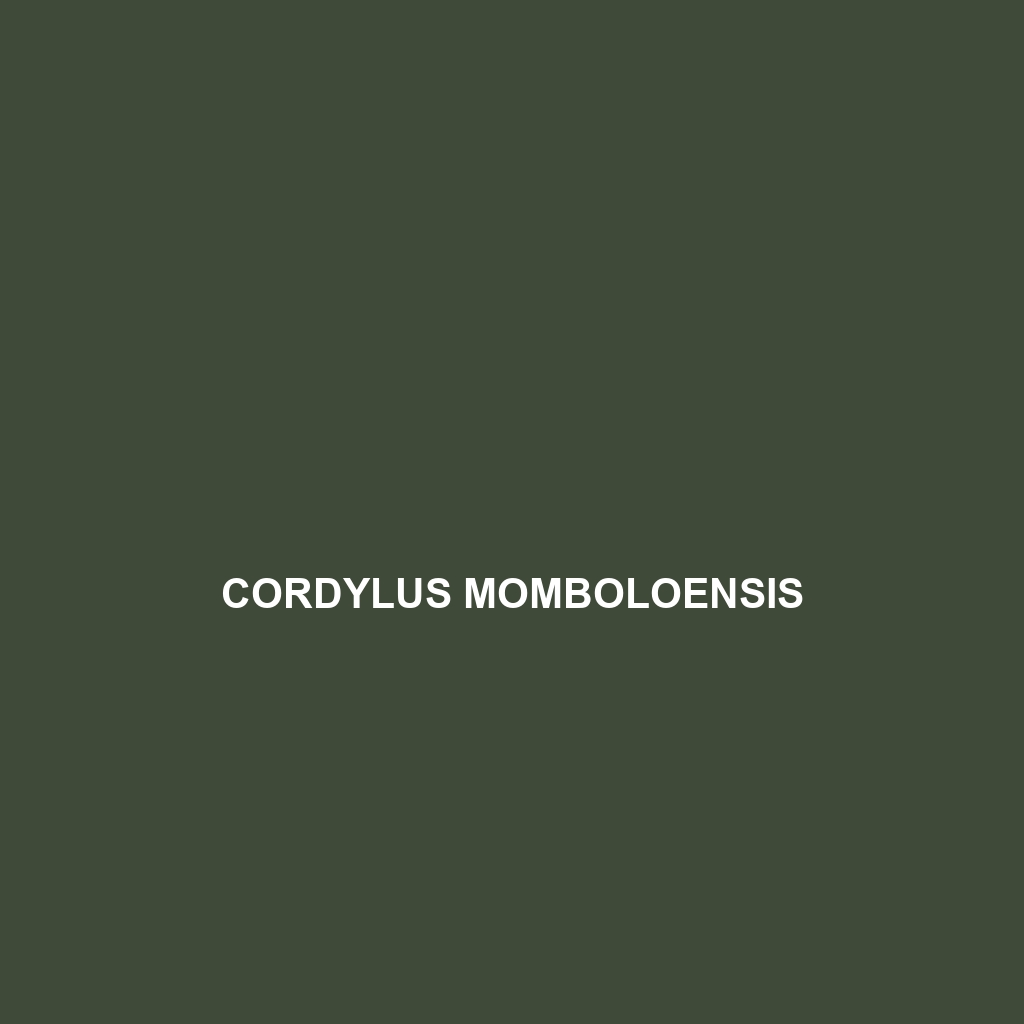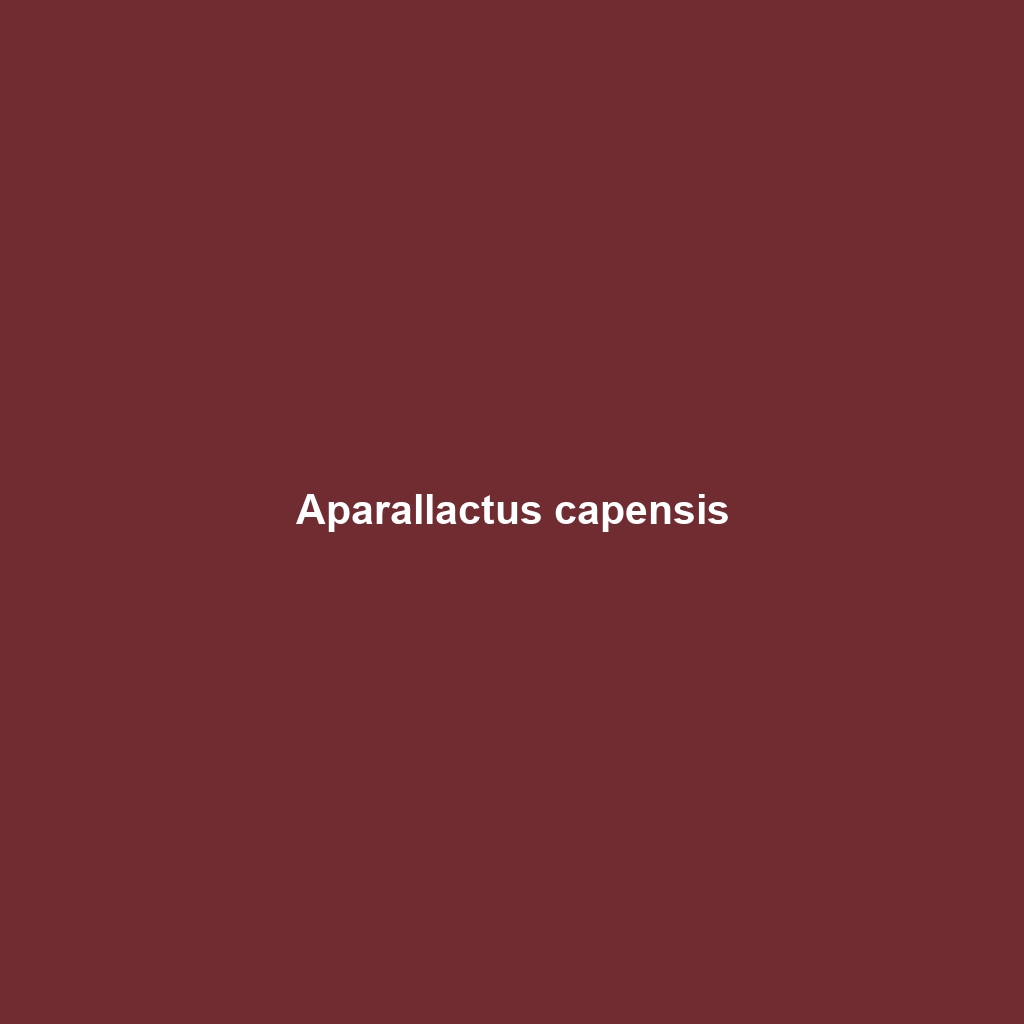<p>The <b>Pachydactylus waterbergensis</b>, or Waterberg thick-toed gecko, is a medium-sized, nocturnal species native to the rocky outcrops of the Waterberg Plateau in Namibia. Renowned for its thickened toes and unique coloration, this gecko thrives in semi-arid climates, primarily feeding on insects and playing a crucial role in its ecosystem.</p>
Tag: Namibia fauna
Pachydactylus visseri
<b>Pachydactylus visseri</b>, known as the Namibian gecko, is a medium-sized insectivore found in arid regions of southern Africa, notable for its flattened body, large toes for sandy terrain, and remarkable camouflage abilities. This nocturnal species plays a crucial role in ecosystems by controlling insect populations and serves as an important indicator of environmental health.
Pachydactylus montanus
<p><b>Pachydactylus montanus</b>, or the Montane Gecko, is a medium-sized gecko native to the rocky, arid regions of southern Africa, known for its robust body, large adhesive toe pads, and nocturnal hunting behavior. This insectivorous species plays a vital role in its ecosystem by controlling insect populations while showcasing fascinating courtship displays during mating season.</p>
Pachydactylus maraisi
Discover the <b>Pachydactylus maraisi</b>, a remarkable nocturnal reptile native to the arid regions of southern Africa, featuring distinctive thick toes for climbing rocky terrains and a diet primarily consisting of insects. Adapted to thrive in harsh environments, this species plays a vital role in its ecosystem by controlling insect populations while exhibiting impressive camouflage and survival strategies.
Pachydactylus maculatus
Discover the Pachydactylus maculatus, or spotted thick-toed gecko, a medium-sized insectivore native to southern Africa's dry savannas and shrublands. With its unique dark-spotted coloration and specialized thick toes, this nocturnal gecko adeptly navigates its environment while playing a vital role in controlling insect populations and contributing to ecological balance.
Madatyphlops arenarius
The <b>Madatyphlops arenarius</b>, or sand-dwelling blind snake, is a small, nocturnal insectivore found in arid regions of southern Africa, particularly in sandy habitats of <b>South Africa</b> and <b>Namibia</b>. Reaching lengths of up to 30 cm, this smooth, beige or pale brown snake exhibits reduced eyes and uses its burrowing abilities to hunt for ants and termites while playing a vital role in the ecosystem by controlling invertebrate populations.
Cordylus momboloensis
Discover the unique Cordylus momboloensis, a vulnerable lizard native to southern Africa, featuring a robust body and intricate coloring that provides excellent camouflage. Active during the day, this skilled forager thrives in rocky habitats and plays a vital role in its ecosystem by controlling insect populations.
Aparallactus capensis
Discover the unique Aparallactus capensis, or Cape blind snake, known for its subtle and slender form, nocturnal habits, and vital role in soil aeration as it thrives in the diverse habitats of southern Africa. This fascinating species primarily feeds on small invertebrates, exhibiting gentle behavior and remarkable adaptations to a burrowing lifestyle.
